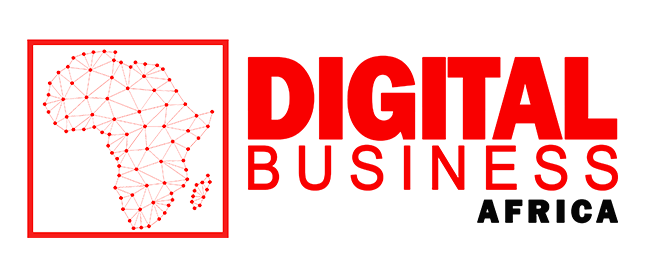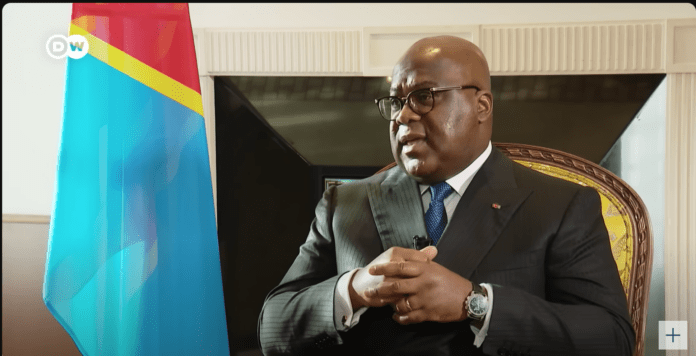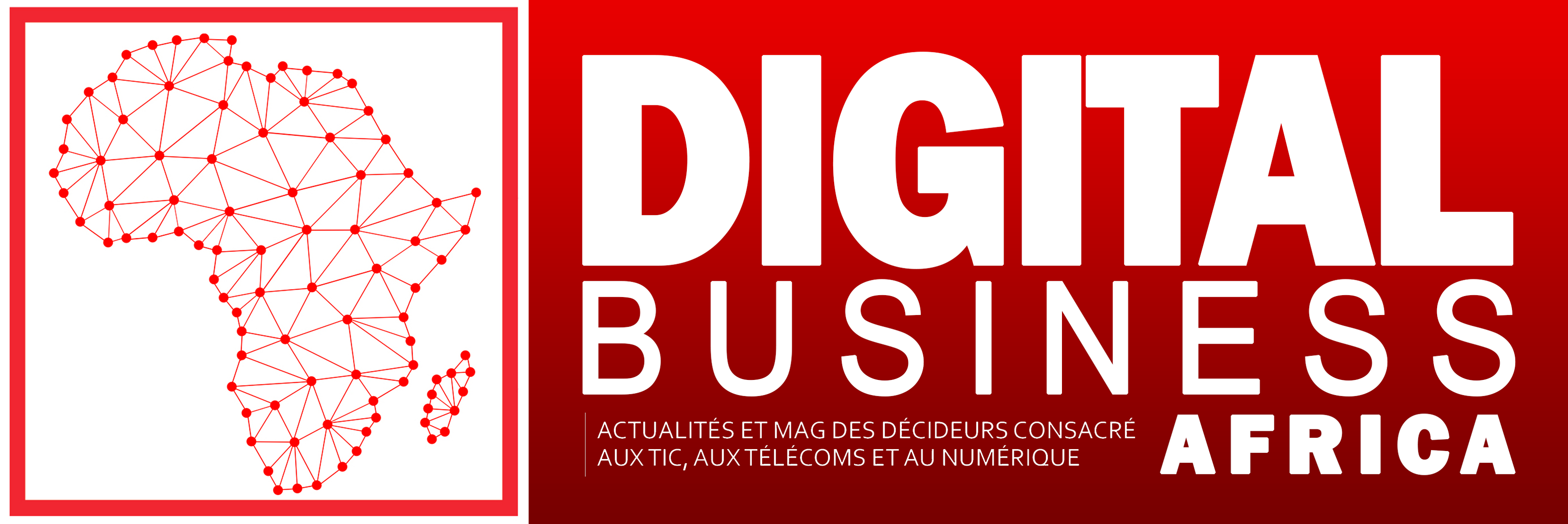Ga-akeku Batholonew, the sub-director of Frequency Management with at the Ministry of Posts and Telecommunications, talks about the digital migration in Cameroon.
What changes are going to take place after the migration from analog to digital broadcasting ?
The first thing is to explain what digital migration is all about. Migration from analog to digital broadcasting is not only for Cameroon. It is an ITU decision.
The radio communication sector the ITU divides the world into 3 regions: Region 1, region2 and region 3. Region 1 is made up of Africa, Europe, part of the Middle East and the Islamic Republic of Iran. Cameroon therefore belongs to region 1. In 2006 an agreement was reached during the World Radiocommunications Conference (WRC) that there will be complete migration from analog to digital broadcasting by June 17, 2015. So all counties in this region are expected to complete migration from analog to digital TV broadcasting by 17th of June 2015 Cameroon inclusive. That is it about the origin of migration.
Now, Migration to digital broadcasting simply means that we are going to use digital transmission and broadcast equipment and digital receivers instead of the normal hunch back TV set. This does not mean that we are going to dump all the old screens with cathode ray tubes. The cost of such a choice would be enormous for the population. So for the normal TV set that we have, would be equipped with decoders in order to receive digital signals. Those of us who still having our old TV set, we will need to purchase these decoders in order to receive images. So that is how it will work.
What is being done actually at the level of the Ministry of Post and Telecommunications for the implementation of this migration ?
At the level of the Ministry of Posts and Telecommunications, several things are being done. It is not only Cameroon that is changing its frequency plan. Every country in region 1 as I mentioned must change its frequency plan to conform to the Geneva 2006 agreement I mentioned. In order to prevent interferences between broadcast signals from different countries when the migration takes place, what the Ministry of Posts and Telecommunications is doing now is that, first, they carry out what we call frequency coordination activities with our neighboring countries under the supervision of the ITU to be sure that, neighboring administrations do not assign frequencies to stations in such a way as to lead to interferences when eventually the migration takes place.
That activity is in line with the Cameroon digital TV migration project, CAM-DTV. The other aspect for now is the sensitization. The other partner ministries, like the Ministry of Communication too, have their own assignments within the CAM-DTV project. Another thing which has been proposed to make life easier for the population, is that government could think of subsidizing decoders so that the citizens would be able to buy them at cheaper prices.
What will be the advantages of this migration?
First let me start by giving another explanation that you may require. Another difference between analog and digital TV is that digital TV requires less spectrum than analog TV. Of course, this means that the same spectrum that was used for example to broadcast a single program take for example in CRTV can now be used to broadcast about 12 programs simultaneously or 16 and even 20 if it is a standard definition TV. Cameroonians would be able to watch more programs. Broadcasters can create special channels for different types of activities such as sports, culture, etc. That we would require less spectrum than we were using in the analog, gives us some unused frequency bands in the UHF and VHF bands, that are known as the digital dividend. These bands offer very good propagation and data carrying capabilities and are highly sought after by telecoms operators. The allocation of this portion of the spectrum to third and fourth generation mobile services would result in financial benefits to the state.
A lire aussi :
Dorine TETO : « Ringo est la troisième marque la plus connue au Cameroun »
Tony Smith «Le Cameroun va passer à côté d’une immense opportunité, faute de vision…»





![Elodie Nonga, Président Wetech 2 Élodie Nonga [Wetech] : « Nous avons dépassé la barre des 4 000 femmes formées en Afrique »](https://www.digitalbusiness.africa/wp-content/uploads/2024/05/Elodie-Nonga-President-Wetech-2-696x577.png)


